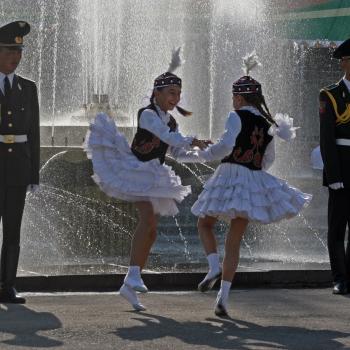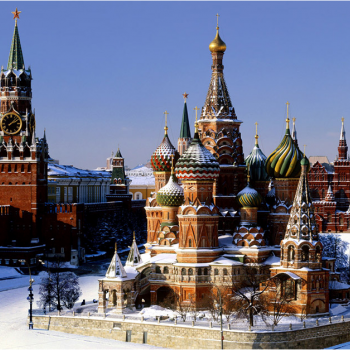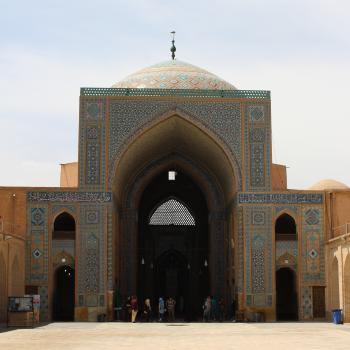International Institute for the Study of Nomadic Civilizations
At the initiative of UNESCO and with the support of its former Director General, Mr Federico Mayor (1987-1999), the International Institute for the Study of Nomadic Civilizations was established by an agreement concluded on 16 September 1998 between the governments of Kazakhstan , Kyrgyzstan , Mongolia and Turkey.
In Nepalese Tarai, the area where the Buddha was born and grew up, several excavations were launched in the late nineteenth century. They have revealed sand stone pillars and stupas which were erected by the Mauryan Emperor Ashoka in the 3rd century BC. The distribution of the pillars and stupas indicates that the sites where they were discovered – Lumbini, Kapilavastu, Mahavana, Kshemavati, Shobhavati and Ramagrama – were connected to the North Indian Silk Route.
The island of Sri Lanka was a popular stopover for merchants because of its strategically advantageous position on various oceanic trade routes, its beautiful scenery and the valuable goods that could be found there, such as pearls and precious stones. It was also a meeting place for sailors, adventurers and pilgrims from different cultural backgrounds. Arab merchants came to Sri Lanka even in pre-Christian times, and their influence became more and more important after the birth of Islam, when Arab settlements spread all over the island.
While there an overlapping of cultures of East and West via the Silk Routes usually occurred throughout history, the peninsula of Korea, however, restricted itself to mostly ‘absorbing’ cultural and artistic influences from far and wide and few traces of Korean culture have been found in Central Asia. Evidence of this cultural and material appropriation can be found in several tumuli, including buckled belts with a Scythian zoomorphic influence, Roman and Germanic glassware, central-Asian inspired metalwork, Chinese-inspired painting techniques.
In spite of its difficulty, the study of orally transmitted traditions, such as sung epics, provides fascinating insight into a society’s culture. On the island of Palawan and among the Buryats living in the forests of Siberia, epics mostly dealt with the quest for marriage partners, acts of heroism and the overcoming of conflicts which led to social harmony and cohesion. In both these cultures, which were based on hunting and the exchange of goods, the epics were sung by shaman-bards.
Oman was one of the earliest communities to adopt Islam, in the lifetime of the Prophet Mohamed himself, and went on to carry the tolerant, peaceful message of Ibadhi Islam wherever its trading interests or cultural curiosity lured it. Omani merchants introduced Islam to East Africa, to the Malaysian archipelago, the Indian sub-continent and beyond.








